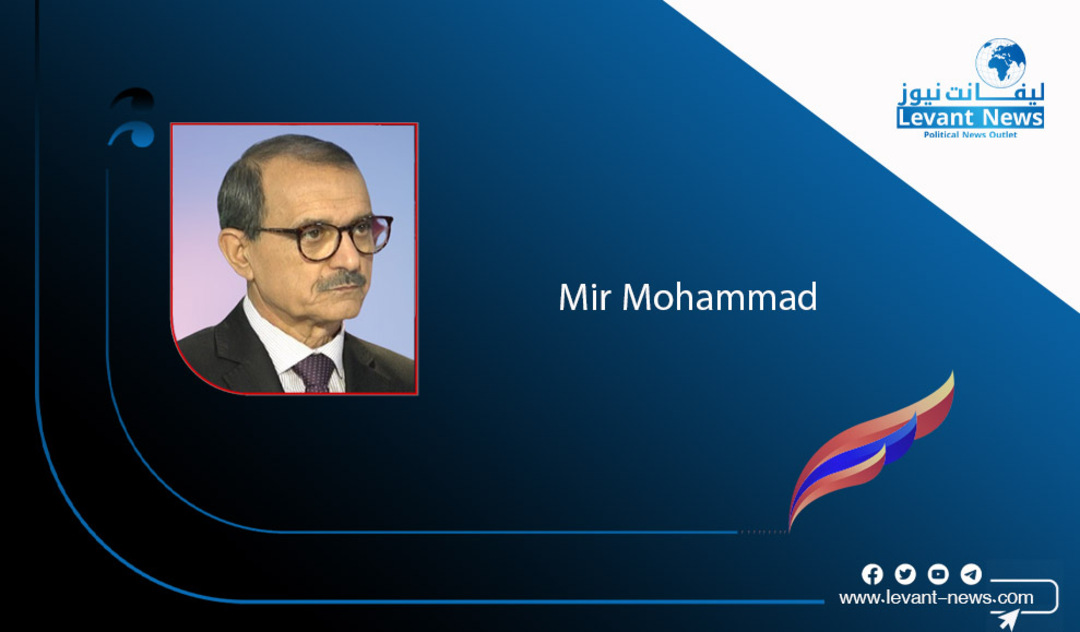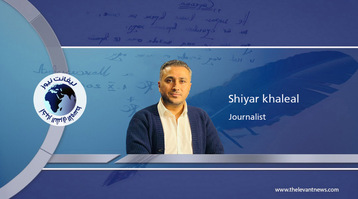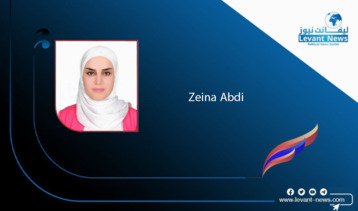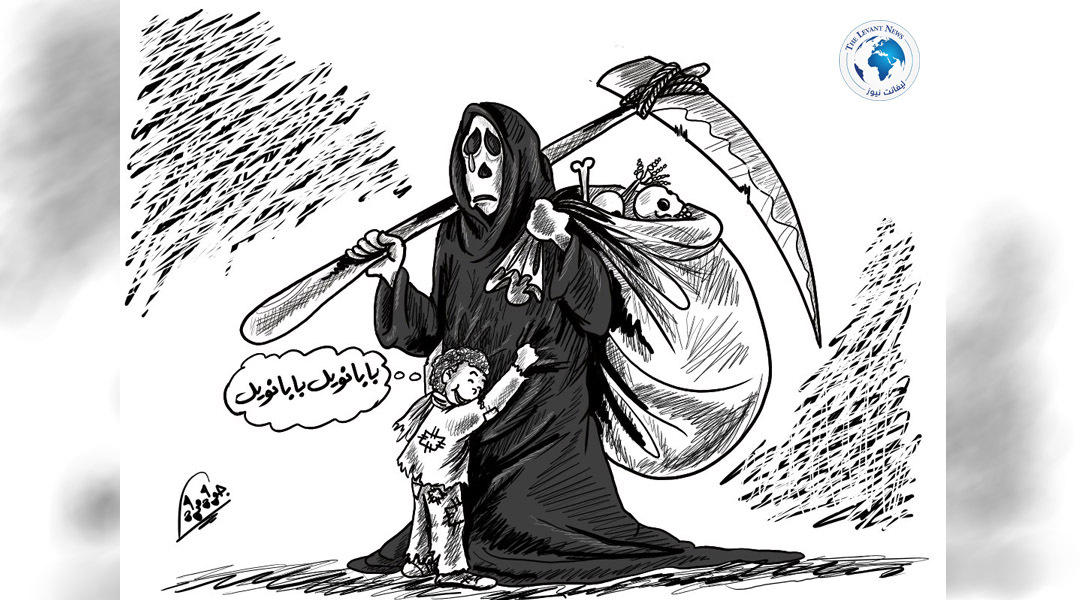-
Analysis and Evaluation of the Nuclear Negotiations between Iran and the United States: Narratives and Facts?!

By Mir Mohammad Al-Nizam
The nuclear negotiations between the Iranian regime and the United States are always a complex arena of intersections, maneuvering, and covert power plays. In the current circumstances, considering recent developments and statements by senior officials, it is essential to take a deeper look at the dynamics governing these negotiations. This analysis, based on perspectives from prominent Iranian analysts as well as the behavioral pattern of the regime itself, seeks to decode the current situation.
Khamenei’s Statements: From the "Great Satan" Dichotomy to the "No Negotiation" Enigma
According to a report issued by Jamaran (affiliated with Hassan Khomeini) on June 7, Mohammad Reza Tajiq, a political science professor at Beheshti University and one of the reformist theorists, analyzed three temporal phases of Iran’s confrontation with the U.S. in an article titled "America’s Time":
- First Phase: The Moment of Terror for the Regime. This is when the regime faces the "Great Satan" (America); a stance where others submit, but the regime remains in a state of shock, hesitation, and decision suspension.
- Second Phase: The Moment of Negotiation. A transient phase that alleviates the intensity of the previous confrontation and opens a window to normalize old hostility. However, it carries a duality; it may bring things back to the past or open a new future.
- Third Phase: The Moment of Self-Confrontation. The most painful phase, forcing the regime to redefine the image it formed through revolution and ideology about America. This requires answering the question of allegiance, as the regime has defined all its identity in denying America.
In the concluding part, Tajiq sharply criticizes the current politicized, power-obsessed atmosphere. He sees the ruling authorities drowned in daily routines, unwilling to accept constructive criticism, while critical decisions that go beyond current politicians' capacity are necessary under critical circumstances. He calls for a return to rationality and the presence of critical thinkers to open new horizons for decision-making before time drags everything backward.
This analysis shows that Khamenei’s statements on June 4 at the Khomeini tomb, which explicitly rejected the U.S. plan to halt full enrichment, go beyond a simple stance. His direct intervention in the nuclear negotiations indicates not only a potential dead-end for ongoing talks with the U.S. but also a decision by Khamenei to maintain enrichment at any cost, increasing the likelihood of ending other negotiations. This crisis could pave the way for subsequent developments, including escalating international tensions and activating the "trigger mechanism." Some experts believe these statements should not be regarded as the regime’s final position, as Khamenei has repeatedly demonstrated his dual stance publicly and privately; for example, on February 7, 2025, while the regime’s diplomacy was preparing for nuclear talks with the U.S., he publicly declared that negotiation with America is "irrational, unwise, and dishonest." This duality will once again bring the regime’s nuclear dossier into new challenges and confrontations with the U.S. and other Western countries.
Nuclear Negotiations Behind the Scenes
Hamid Reza Asgari (a political analyst and former official/diplomat at the Iranian Ministry of Foreign Affairs) analyzed the situation of negotiations between the regime and the U.S., after Khamenei’s June 4 speech and America’s stance, in three articles published on June 6 and 7. A brief summary and analysis of these articles are as follows:
First article: "When the Rhetoric of Leadership intensifies, Is an Agreement Out of Reach?" Asgari suggests that Khamenei’s sharp tone does not necessarily mean the negotiations are over but might be part of a bargaining game, where the leadership takes on the role of the "bad cop" to give the negotiating team more maneuvering room. Removing Trump’s name as the "Killers of Soleimani" from the leadership’s speech and silence on the consortium enrichment proposal are indicators that bargaining doors remain open.
Second article: "As Long as Trump Hopes for Diplomacy, Israel Won’t Pull the Trigger" Asgari explains that with Trump’s return, Israel cannot initiate sabotage or military operations as long as Trump hopes to negotiate with Iran. Unlike Biden, Trump is pragmatic and unlikely to tolerate disruption in his diplomatic path. Therefore, Israel’s relative silence does not signify Iran’s insignificance but results from White House political considerations.
Third article: "Returning to Pressure Logic; The Board of Governors’ Decision" Asgari discusses the latest decision by the International Atomic Energy Agency (IAEA) Board of Governors. He considers this step as an effort to strengthen legal pressure on Iran, not a technical resolution. The ultimate goal is to create the groundwork for activating the "trigger mechanism," rather than immediately referring the issue to the Security Council. This is a two-stage process: first, building consensus; second, creating the legal basis
You May Also Like
Popular Posts
Caricature
opinion
Report
ads
Newsletter
Subscribe to our mailing list to get the new updates!




















